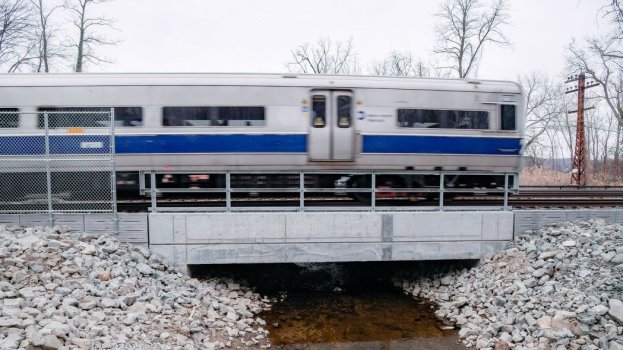Global demand for rail travel is growing rapidly; passenger and freight traffic is expected to double globally by 2050. As rail ridership grows, the promise of a safer and more efficient rail infrastructure is critical and must be actively pursued by rail operators.
However, rail security presents a multitude of unique challenges. There are countless vulnerabilities associated with railway infrastructure due to its complex nature and vast geographical area. Rail operators are routinely faced with an array of hazards from trespassing to theft, dangerous weather conditions and much more. Despite lower ridership in 2020 due to the pandemic, there were still 783 rail-related fatalities and more than 5,400 injuries in the United States.
There are several emerging technologies that are revolutionizing railway security and enhancing the efficiency of operations. Two of them in particular – 3D mapping technologies and artificial intelligence (AI) – are making a significant impact on the ability to reduce disruptions and protect rail assets, personnel and passengers.
Continue reading: https://www.masstransitmag.com/technology/miscellaneous/article/21264602/how-ai-and-3d-technologies-are-transforming-rail-security
However, rail security presents a multitude of unique challenges. There are countless vulnerabilities associated with railway infrastructure due to its complex nature and vast geographical area. Rail operators are routinely faced with an array of hazards from trespassing to theft, dangerous weather conditions and much more. Despite lower ridership in 2020 due to the pandemic, there were still 783 rail-related fatalities and more than 5,400 injuries in the United States.
There are several emerging technologies that are revolutionizing railway security and enhancing the efficiency of operations. Two of them in particular – 3D mapping technologies and artificial intelligence (AI) – are making a significant impact on the ability to reduce disruptions and protect rail assets, personnel and passengers.
Continue reading: https://www.masstransitmag.com/technology/miscellaneous/article/21264602/how-ai-and-3d-technologies-are-transforming-rail-security

